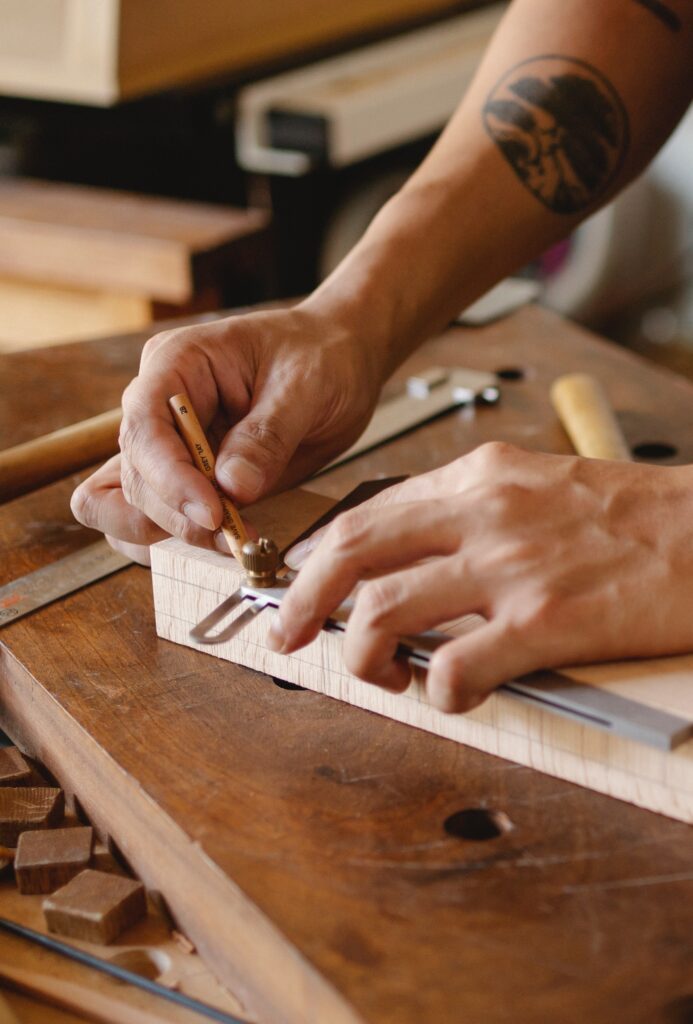Home insulation plays a vital role in keeping your home comfortable throughout the year. It not only helps to maintain an optimal temperature but also contributes to lowering your energy bills. When it comes to home insulation, the question that comes to mind is whether you should go for a professional installation or opt for a DIY approach. In this article, we will explore the pros and cons of each option to help you make an informed decision.
Benefits of Insulation
Before we delve into the details of DIY and professional insulation installation, let’s take a moment to understand the benefits of insulation. Proper insulation not only keeps your home warm in winter but also cool in summer, thus reducing the energy consumption required to maintain the desired temperature. This, in turn, leads to lower energy bills, making insulation a cost-effective solution in the long run. Insulation also helps in reducing noise pollution by acting as a sound barrier, providing a peaceful living environment.
DIY Insulation Installation

If you are considering DIY insulation installation, you can save a considerable amount of money on labor costs. DIY insulation kits are readily available at most home improvement stores, and with a little research and some basic tools, you can get the job done on your own. The flexibility to work at your own pace and convenience are other advantages of DIY insulation installation.
However, DIY insulation installation also comes with potential drawbacks. The first and foremost is the risk of improper installation. Lack of knowledge and experience can lead to mistakes, which can compromise the effectiveness of the insulation. This can result in higher energy bills and a decrease in the overall comfort of your home. Furthermore, certain types of insulation, such as spray foam insulation, require special equipment and expertise, which may not be feasible for DIY installation.
Professional Insulation Installation
Professional insulation installation comes with the assurance of expertise and knowledge. Experienced professionals know the ins and outs of different types of insulation, and they can guide you in choosing the right insulation for your home. They also have access to specialized equipment and can ensure the quality and efficiency of the installation.
However, professional insulation installation can be expensive, and the cost of labor can add up quickly. It also requires scheduling an appointment, which can be inconvenient for some homeowners. In addition, there is a potential drawback of relying on a third party for something as essential as insulation, which can lead to concerns about quality and accountability.
Comparison of DIY and Professional Insulation Installation
When it comes to choosing between DIY and professional insulation installation, there are several factors to consider.
Cost
DIY insulation installation is typically less expensive than professional installation, as you only need to pay for the insulation material and basic tools. Professional installation, on the other hand, requires payment for labor, which can add up quickly.
Time and Effort
DIY insulation installation can take more time and effort than professional installation. It requires research, purchasing the right materials, and doing the actual installation yourself. Professional installation, on the other hand, can be completed quickly, and you do not have to worry about any of the work.
Quality
Professional insulation installation ensures that the job is done correctly, and the insulation is effective. DIY installation, on the other hand, carries the risk of improper installation, which can compromise the effectiveness of the insulation.
Safety
Insulation installation can be hazardous, especially if you are installing insulation in hard-to-reach places. DIY insulation installation carries the risk of injury, and you may not have the necessary safety equipment. Professional installers are trained in safety procedures and have the appropriate safety gear, reducing the risk of injury.
Based on the factors above, it is important to weigh the pros and cons of each option and choose the one that best fits your needs and circumstances. For instance, if you have experience with home improvement projects and have access to the necessary equipment, DIY insulation installation may be a viable option for you. On the other hand, if you want to ensure the insulation is installed correctly, and you are not comfortable with the risks associated with DIY installation, it may be worth investing in a professional installation.
Final Thoughts
In conclusion, both DIY and professional insulation installation have their advantages and disadvantages. The decision ultimately comes down to personal preference, experience, and budget. It is essential to weigh the costs, time, effort, quality, and safety associated with each option to determine which one is right for you.
Frequently Asked Questions:
Q: Is DIY insulation installation safe?
DIY insulation installation can be hazardous, especially if you are installing insulation in hard-to-reach places. It is important to take the necessary safety precautions and have the appropriate safety gear to reduce the risk of injury.
Q: Can I save money by installing insulation myself?
Yes, DIY insulation installation is usually cheaper than having it installed by professionals. That’s because you only need to pay for the insulation material and basic tools.
Q: What types of insulation are suitable for DIY installation?
Some types of insulation, such as batt insulation and blown-in insulation, are suitable for DIY installation. However, other types of insulation, such as spray foam insulation, require specialized equipment and expertise.
Q: How do I know if my insulation is installed correctly?
Proper insulation installation should be done to the manufacturer’s specifications and local building codes. If you are unsure whether your insulation is installed correctly, it is recommended to consult with a professional insulation installer.
Q: Can I combine DIY and professional insulation installation?
Yes, you can combine DIY and professional insulation installation. For instance, you can install the insulation yourself and have a professional come in to inspect and ensure that it is installed correctly.




